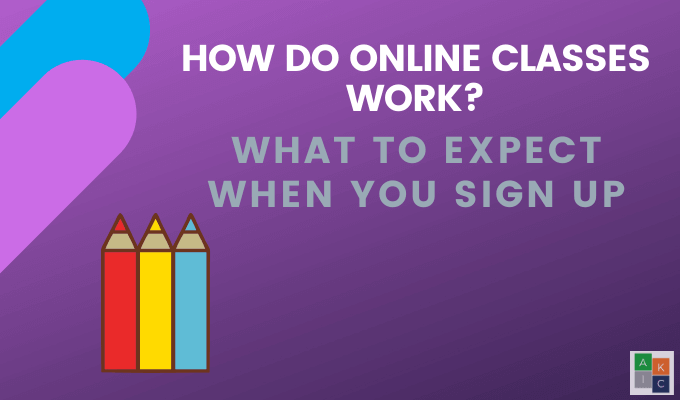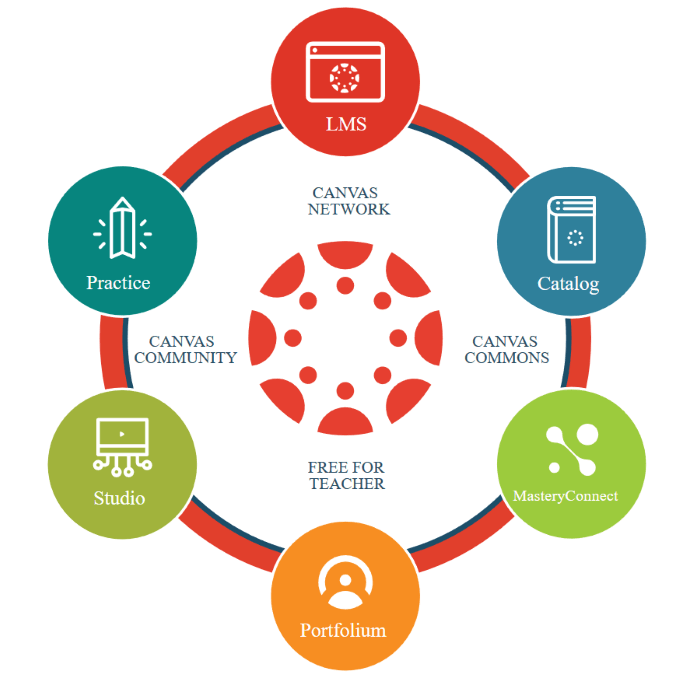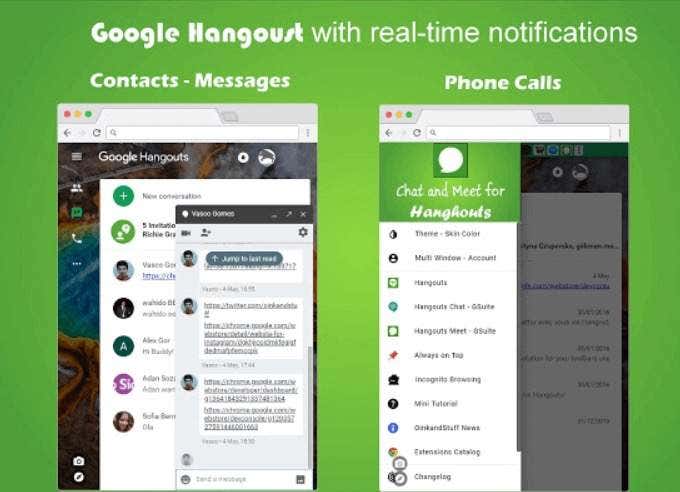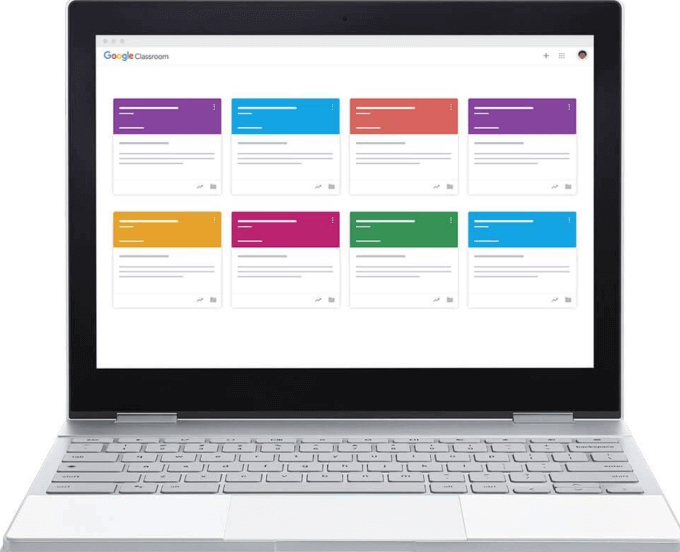Taking classes online, also known as distance learning, can be a more flexible and affordable method of developing new skills than traditional brick and mortar classrooms. In this article, I will take a look at how online classes work, their benefit to your education and career, and I will sample some online sites with tips on how to get started.
Online Classes Provide Flexibility
At times when people are unable to access typical face-to-face learning opportunities, people usually turn to online education opportunities. This not only applies to higher learning centers but to parents looking for online learning opportunities when access to public schooling is limited or where you have physical limitations that keep you from attending traditional classes. Many of these online learning environments are offered for free and enable people from various educational backgrounds to pursue areas of interest, whether for personal or career advancement.
How Do Online Classes Work?
Technology has revolutionized the way people learn today. With online classes, instead of having to sit in a classroom, students of all ages can study and learn from home. Depending upon the class or program, you’ll need to have a stable internet connection and some required software (usually just a word processor).
What Is an Online Classroom?
Online classes are offered and run much the same way they do in a classroom setting. The difference is students don’t have to be physically present at a school. The structure of each online classroom will vary depending upon the course or program and the goals of the organization. However, the typical scenario is for a student to log into a virtual portal or a learning management system (LMS) that hosts and tracks online learning. Students can access this virtual portal to view their course materials, check their grades, contact professors, and monitor their progress. Check with the school to see if their LMS is accessible on mobile if you want to be able to access courses from anywhere.
Online Classes are Flexible
One of the many benefits of taking online classes is the ability to work at your own pace. However, there will still be deadlines to follow for when assignments are due. Some programs offer live online lectures at specific times where students can participate in discussions via videoconferencing software.
How to Get Started and Log On
Students need to have access to the software used by the online university. They will start by going to the website and logging on with their credentials to access the material related to the courses they’re taking. Different educational institutions use various LMSs. Each one is different in format but has the same function and are all cloud-based. LMS software gives students access to their assignments and grades from any remote site. It provides a platform for teachers and students to ask and respond to questions and provide feedback. Some of the more popular LMS software programs are:
ProProfs LMS Software
ProProfs LMS is an intuitive SaaS system. Educators can create online courses, share, and track performance in a centralized virtual classroom. It provides completely self-paced eLearning solutions and adds interactivity to the course that includes flashcards and quizzes.
Moodle
Moodle is a free open source online LMS that provides educators with a customizable and scalable platform for online learning. It delivers a quality distance learning experience by providing a secure and personalized environment.
Canvas LMS
Canvas LMS is an open, intuitive, cloud-based platform for online classes. It provides online course material, gives assignments to students, and streamlines all the content and digital tools for teachers and students to use.
Blackboard
Blackboard helps global learners and educators enable institutional and student success. They accomplish this by leveraging innovative services and technologies.
Google Online Learning Tools
Whether it’s through Google’s G Suite Education, Google Classroom or Google Hangouts Meet for business, Google makes it easier for people globally to learn online. Enterprise-level features are available on the Google Platform including the capacity to record meetings and save them to Google Drive, and live stream for up to 100,000 viewers. Also, students can join classes using Google Classroom to pursue their online studies.
How to Sign in to Google Classroom
There are three types of user accounts you can use to log into Google Classroom:
Your personal Google Account used outside of a school setting, often for homeschooling.A school account, also called a G Suite for Education account, that is set up by the institution. Students can get account login details from the IT department at the school or from their teacherThe G Suite Account set up by the educational institution’s administrator
Some Programs Include In-Person Components
Some programs require students to participate in a campus residency program before, during, or after the course is over. Lengths, requirements, and details will vary according to the program and the educational facility. Some programs include networking events, informational sessions, and team-building activities. Health fields such as nursing will likely require spending time in a clinical setting.
How Can Students Interact with Teachers and Classmates Online?
Students can communicate with others as well as their teachers using discussion forums, video conferencing, social media, phone, and email.
What Should Students Expect from Online Classes?
One primary concern for many students enrolling in online programs is that they think they need to be a technical guru. This is not the case at all. Online learning has evolved over the years to become more user-friendly while the student population has become more skilled in digital technology in general. One of the benefits of learning in a classroom is the ability to be presented with different opinions and viewpoints from educators and classmates. However, this same type of interaction is possible in a virtual classroom environment. The flexibility of online classes is well-worth any surmountable potential challenges students might face.






